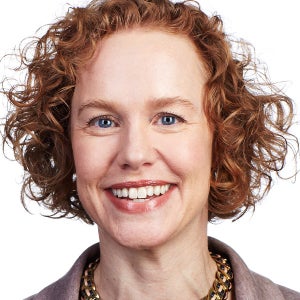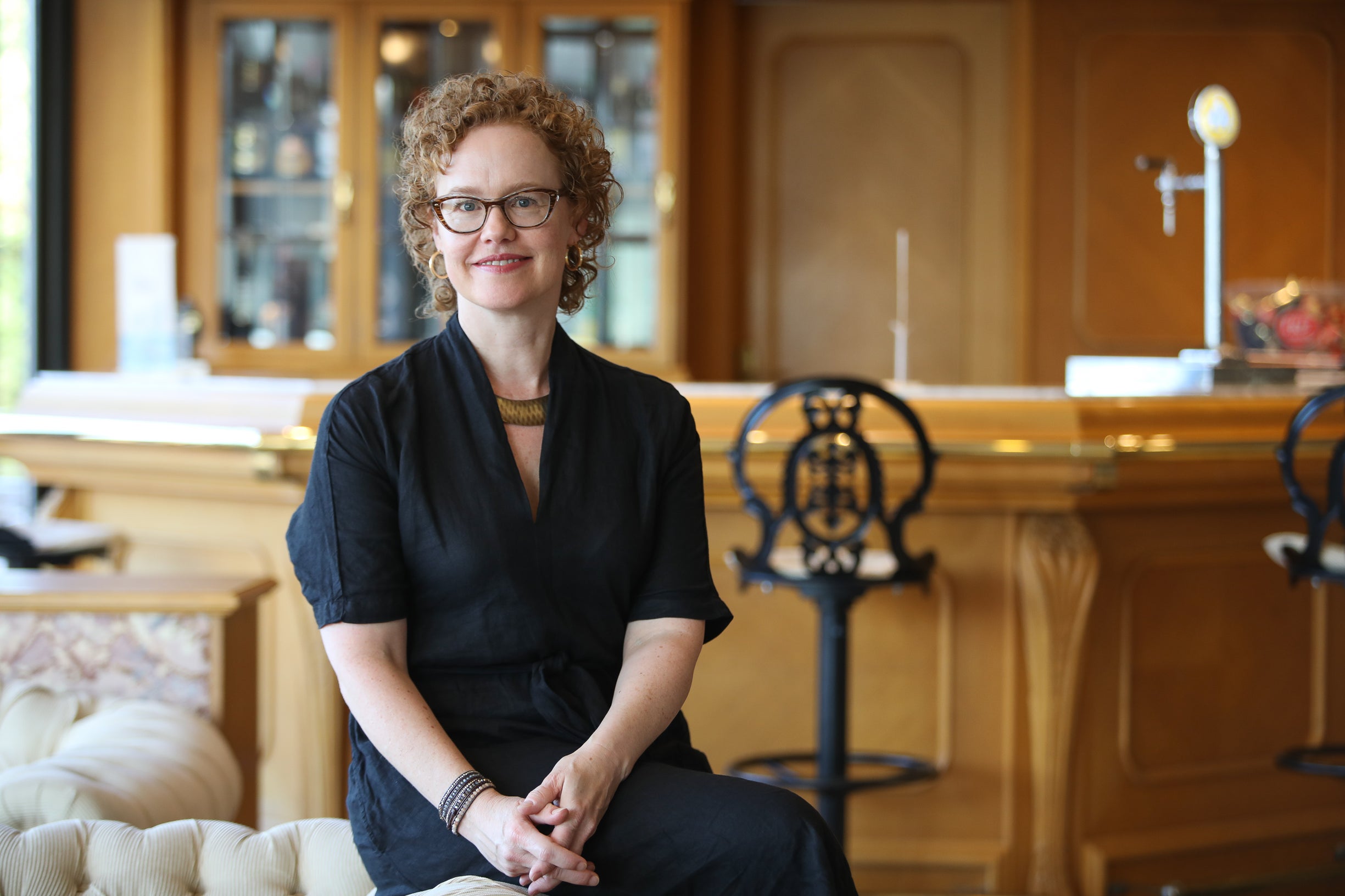Kirsten Ostherr, the Gladys Louise Fox Professor of English and director of the new Medical Humanities Research Institute at Rice, received a grant from the National Endowment for the Humanities (NEH) to advance her work on the role of visual representation in the history of computational health.

“This is an award from the NEH in a new program launched this year called ‘Dangers and Opportunities of Technology: Perspectives from the Humanities,’” said Ostherr, who is also the founding director of the university’s Medical Humanities Program. “The NEH sees the growing importance of technology to every facet of humanistic inquiry and research and vice versa. The more that the world we live in becomes technological, the more we need to think about how to understand that concept through a humanities lens, not just as a technical phenomenon or an economic phenomenon, so that we might take a different approach to health care.”
Computational approaches to health seek to improve the quality of health care, and using computers to analyze and predict health data can lead to medical breakthroughs from new drug therapies to alternative treatment plans. However, the unintended consequences of computational approaches to care also can lead to errors, misunderstandings and discriminatory practices.
Because all computational health technologies are ultimately created in service of helping human beings, the humanities remain foundational in their development. The humanities can help answer such questions as how our representations of technological futures shape what actually gets developed and how it is used.
Ostherr’s research will explore how the future of computers in health care was imagined by people who developed experimental technologies from the 1960s to the present. What was the envisioned relationship between computers and human beings — including doctors, nurses and patients — when that future was mostly speculative?
The story of how Ostherr came to this award unfolds over several years. She originally received a 2021 Michael E. DeBakey Fellowship in the History of Medicine, which supports research at the world's largest medical library: the United States National Library of Medicine (NLM) at the National Institutes of Health in Bethesda, Maryland.
Ostherr was set to begin her archival research at the NLM in summer 2020, but COVID-19 put a pause in those plans. She had to wait until recently to capitalize on the fellowship, and now that she has performed her research, the NEH’s $75,000 funding will allow Ostherr to develop two manuscripts to explain her findings. One will be academic in nature; the other will be for laypersons to understand her findings.
“How did technologists, physicians and other stakeholders imagine what the future of health care would look like with computers in it before that had become a reality,” she said. “What kinds of values can we discern from the ways that people talk about the future of a given technology? I'm looking at that starting around the 1960s when pretty much no one was using computers in patient care and tracing it to current day, when computers are everywhere in health care and in our daily lives.”
Ostherr says her overall goal with the grant and ensuing project is to get people thinking and talking about whether and why we should embrace new technologies in health care.
As a prime example, Ostherr says that while data might be collected from devices like smart watches, key points are often left out about the whole person whose health is at stake.
“Through archival research and analysis of audiovisual media produced by medical professionals and technology developers, this project will explain how early ideas about emerging healthcare technologies transformed patient care by envisioning human bodies as quantitative data,” she said. “This move not only excluded the messy, nonlinear, emotional and unpredictable aspects of embodied illness experiences, it also excluded the experiences of gendered, racialized and minoritized patients.”
By examining how future uses of computers in healthcare were imagined from the 1960s onward, this project will show how the development of computational approaches to patient care worked precisely by erasing the human elements of illness and healing.
Her resulting book manuscript, “The Visual History of Computational Health,” will narrate the throughline from these early imaginings to the present.
“One implication of this move toward a quantitative, data-driven approach in health care is that oftentimes that movement into the data-driven mode and away from the whole person experience ends up benefiting people who are already in a position to benefit from new developments in health care,” she said. “Often it puts people who are historically excluded or marginalized at greater risk of not benefiting from the new innovation. This is something that I am looking at and mapping out in my historical research.”
Part of Ostherr’s aim is to intervene in the processes going forward as she suggests health care workers should examine whether artificial intelligence may increase health disparities.
“In a broad sense, what my work is addressing is a larger trend towards being more focused on data and less focused on whole people,” she said. “The more that we move in that direction, the more that I feel people who do the kind of work I do really need to intervene and question, ‘What are we losing? Are we actually gaining what we think we're gaining? Are there other ways to do it?’ Let's slow down and have a conversation about what's really happening here.”

